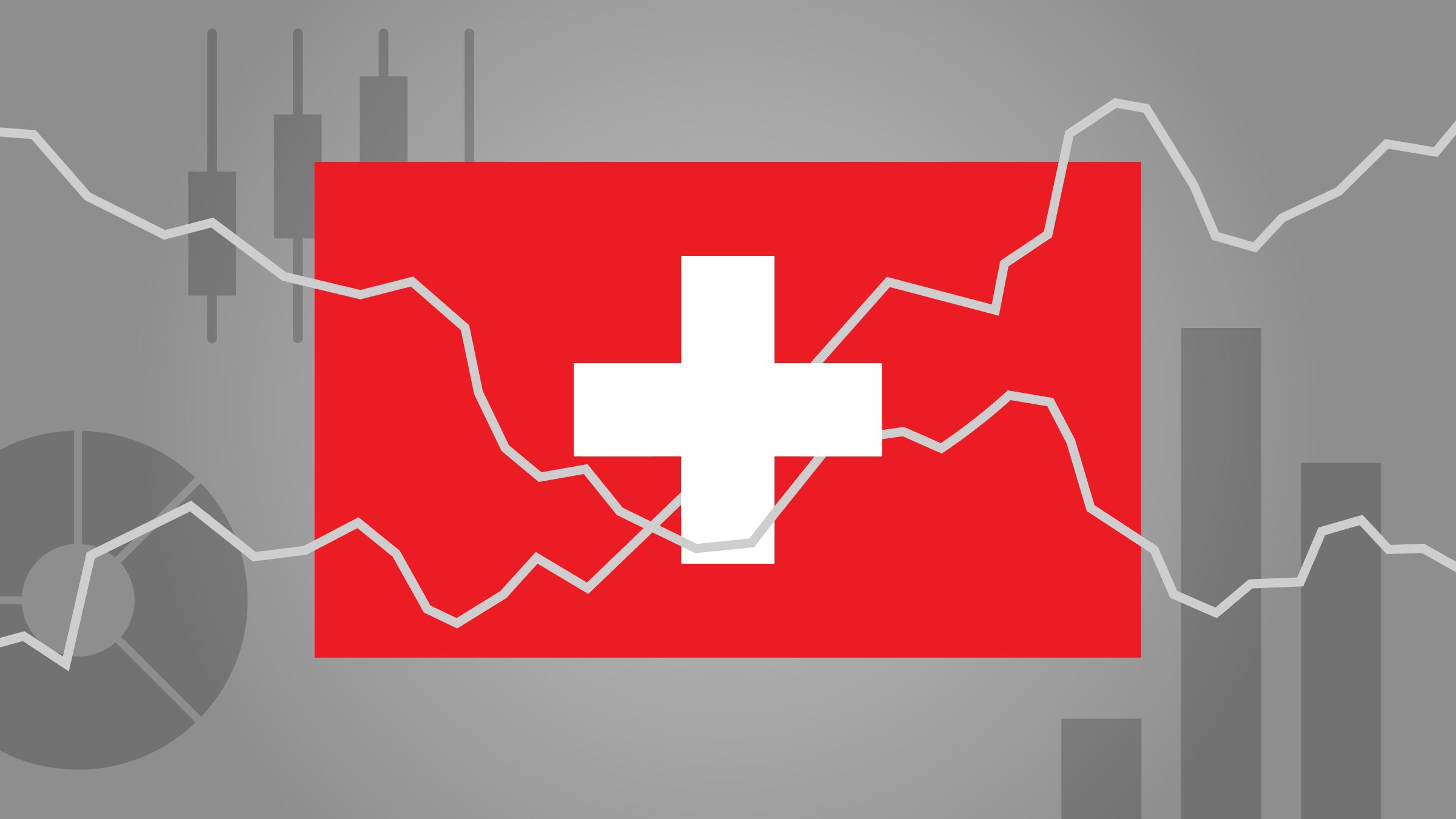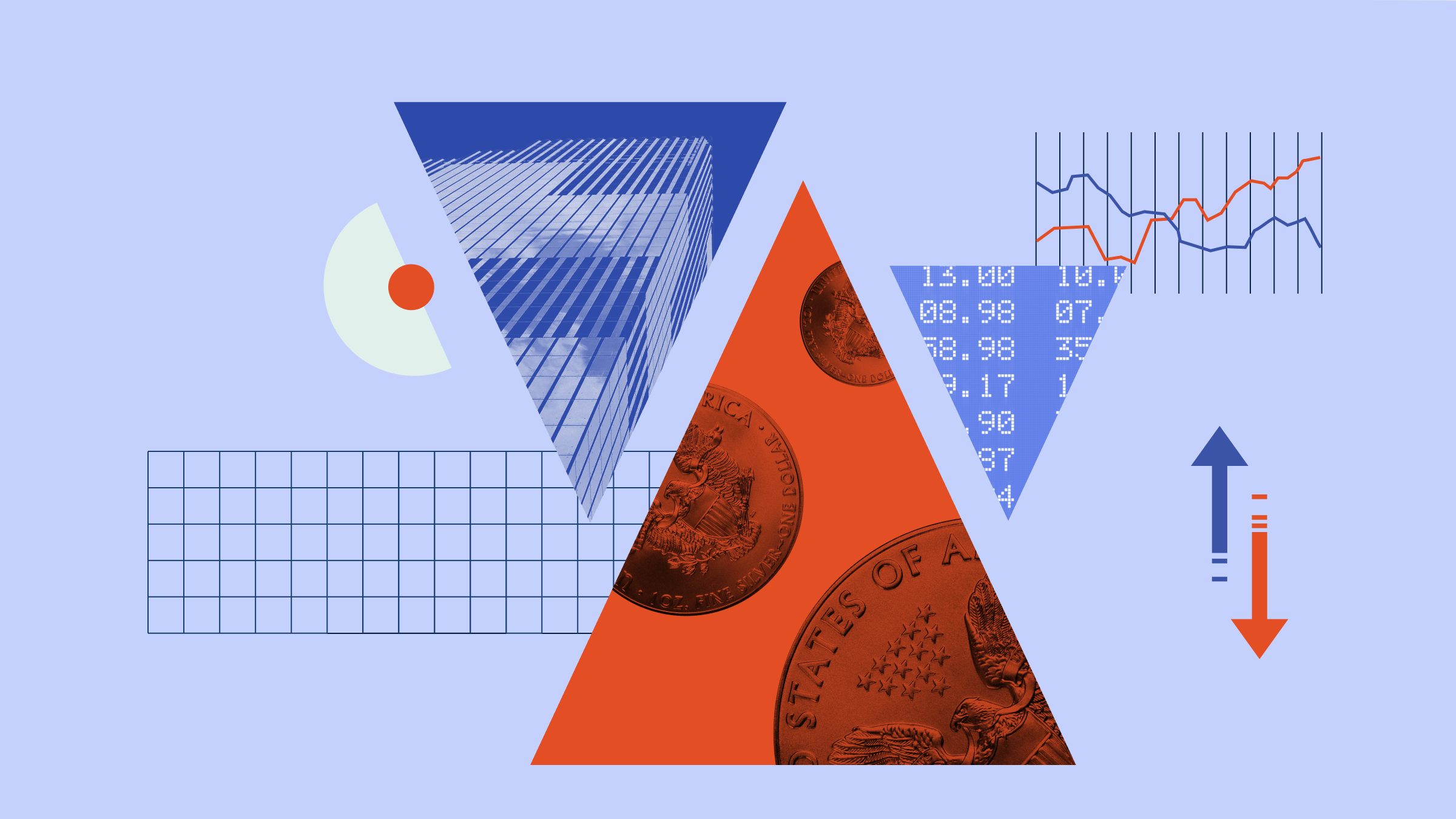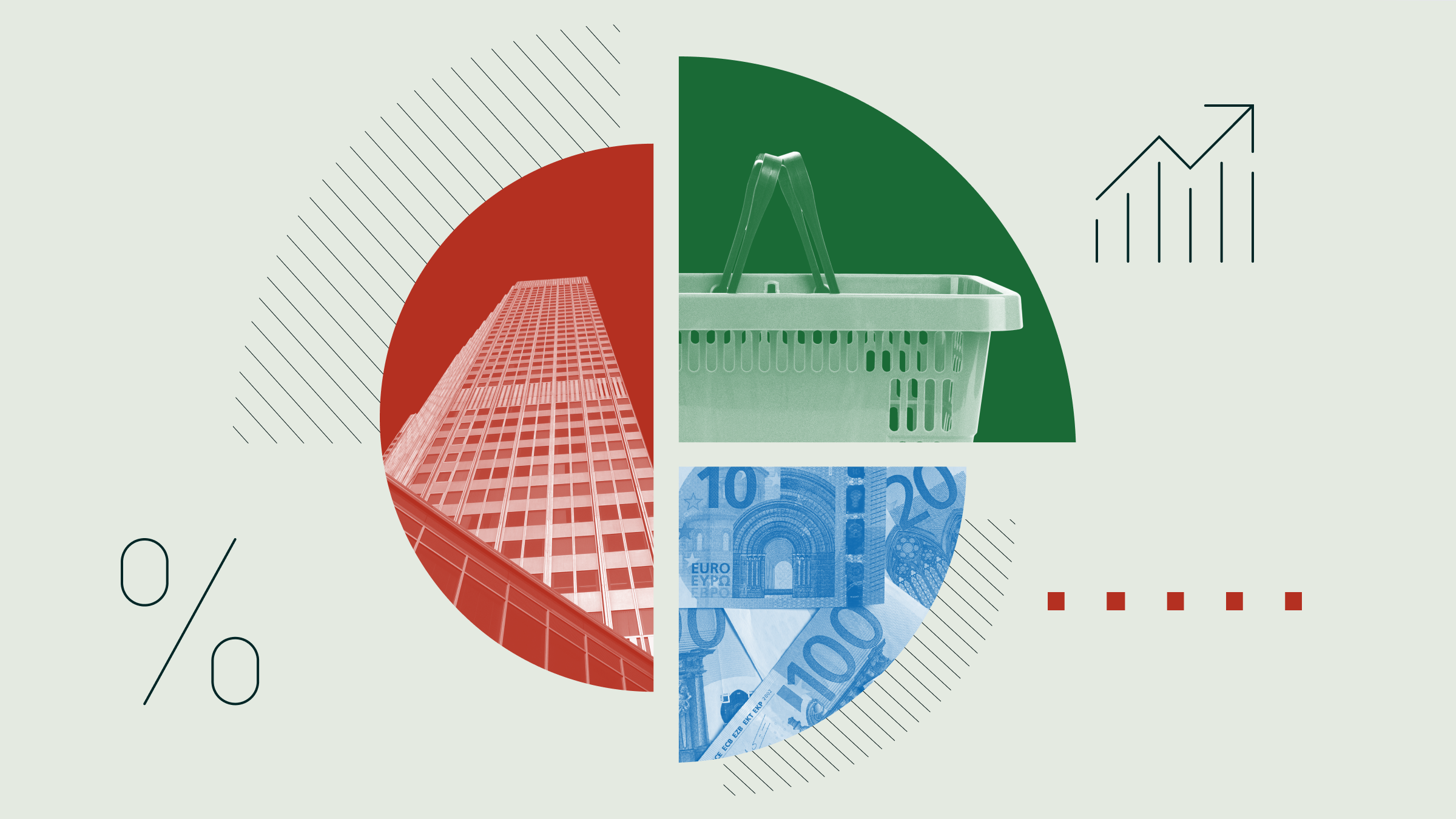Rolle im Portfolio
The Lyxor India B ETF provides equity exposure to India. As with all single country emerging market exposures, this Lyxor ETF would be best deployed as tactical tool within a well diversified portfolio. The ETF can also be deployed as a core holding complementing exposure to emerging markets in Asia and Latin America. Increased correlation with international stock markets over the past years makes the ETF less beneficial from a diversification point of view. The index correlated 77% with the MSCI World USD Index and 89% with the MSCI EM USD Index over the last five years; up from 74% and 84% respectively over the trailing ten year period. As the correlation with China remains relatively low, the ETF might be utilised as diversifier for equity exposure to China. The index correlated 38% with the MSCI China CNY Index over the last five years.
The ETF is suitable for investors believing in a story rooted in robust domestic demand streaming from the relatively young and increasingly affluent population in India. In addition, investors overweighting China can use the ETF to diversify their exposure within the emerging market equity segment of their portfolio.
Investors should keep in mind that the Indian equity market is still lacking transparency. The country does not permit free access to its market by controlling capital on the Rupee and on foreign investment. Indian companies have structural issues as many founders or India’s long-established business families hold controlling stakes in many companies; resulting in corporate governance issues. Especially the very complex ownership structure of companies with widespread pyramiding, cross-holding and the use of non-public trusts are far from transparent. In addition, accounting rules are yet to be up to international standards. Nevertheless, transparency has improved massively over the years.
Fundamentale Analyse
In contrast to China and most developed markets, India has the benefit that its young, employable population is growing. However, the country still has a long way to go in modernizing its economy. Less than 10% of the working population is employed in a regulated job, leaving the remaining 90% without health and social insurance. With around 60% of its GDP coming from domestic sources, India is significantly more reliant on the development of its internal market than most emerging markets. In fact, domestic private consumption and investment are expected to remain the main drivers of GDP growth in the near future, although increased trade is expected to make a contribution at the margins as well. The country's large English-speaking workforce has made it a centre for the outsourcing of technology services; one of the more productive and export-oriented sectors of the economy.
India has long been one of the fastest growing economies in the world. However, economic growth has slowed down recently as high borrowing costs, weakening consumption and red tape for infrastructure and industrial projects weigh on investors’ sentiment. The pace of GDP growth eased to 4.4% y/y in Q2-13 from 4.8% in the preceding quarter. This was the weakest performance since Q1-09 and has been largely blamed on a drop in industrial output that could well continue going forward. Indeed, manufacturing sector output contracted in August for the first time since March 2009 due to a drop in new orders. The HSBC PMI dropped to 48.5 from 50.1 in July; the fourth straight month of decline. As a result, HSBC has reduced its GDP forecast to 4.0% for the current fiscal year ending March 2014, down from a previous projection of 5.5%.
India has been amongst the hardest-hit emerging markets, as investors pull back in anticipation of tighter global liquidity, which has become the key growth driver for these economies in recent years. Faced with this situation, Prime Minister Manmohan is trying to convince investors that the economy will rebound later this year, supported by policies aiming to attract foreign capital. The PM argues GDP will expand by 6-8% in the next two to three years. However, economists doubt the economy could grow by even 5% this year. Recent government initiatives to boost growth – e.g. speeding-up the process for delayed industrial projects and allow for greater foreign ownership – have yet to materialise.
The country’s large current account deficit – already over 60% of its full-year target in the quarter – is of particular concern as it must be financed by foreign money at a time when the rupee is hitting all-time lows to the US-Dollar. This has prompted the Reserve Bank of India to take measures to reduce speculative trading in currencies, blaming this activity for the depreciation of the rupee and the subsequent damage to the country’s growth prospects.
Overall, India is struggling under high inflation, a ballooning fiscal deficit, tight credit and a slow-acting government to changes in the market, hurting not only business confidence but also weighing on industrial production.
Indexkonstruktion
The MSCI India INR index includes about 60 of the largest and most liquid stocks of publicly-traded companies trading on the National Stock Exchange of India. The index aims to hold 85% of the market capitalisation of each industry. The securities are weighed by free-float adjusted market capitalisation. Because closely held firms will have a smaller piece of their aggregate market capitalisation floated on public exchanges, the free float adjustment serves to ensure the underlying liquidity of the holdings is superior relative to a pure market capitalisation weighting. The index is reviewed four times a year. The index is very top-heavy, with about 50% of its total value comprised by the top ten constituents. The index also has a significant degree of sector concentration. Its three largest sector weightings are finance (30%), IT (19%), and energy (13%).
Fondskonstruktion
This ETF uses synthetic replication method to track the performance of the MSCI India total return index. To achieve this performance, the fund holds a basket of blue chip shares and enters an un-funded swap agreement with parent bank Societe Generale. The bank then gives away the performance of the MSCI India (net of fees) in exchange for the performance of the fund’s holdings. According to UCITS III regulations, individual counterparty risk exposure is limited to 10% of the fund’s NAV at any point in time. However, Lyxor has a daily target of zero swap exposure. Swaps are reset whenever their value becomes positive. They may sometimes have a negative value (between -2% and 0%), which would mean in this case that the fund owes the counterparty money. The fund’s holdings consist of highly liquid equities from OECD countries, the large majority of which are European. Lyxor does not engage in securities lending within the fund, which helps to minimise overall counterparty risk.
Gebühren
Lyxor charges a 0.85% total expense ratio (TER) for the ETF. This lies in the upper range of ETFs tracking Indian equities. Other potential costs associated with holding this fund which are not included in the TER include swap costs, bid-ask spreads and brokerage fees.
Alternativen
As of writing there are a few ETFs offering equity exposure to India. Most of the indices are tracking either the MSCI India Index or the S&P CNX Nifty Index. The largest alternative in terms of total assets under management is the swap-based db x-trackers S&P CNX NIFTY ETF. The S&P CNX NIFTY Index is a free-float-adjusted market capitalisation index, representing about 60% of the NSE. Therefore, the db x-trackers ETF represents a slightly smaller share of the Indian economy. Investors interested in a more like-for-like alternative will find the Amundi ETF MSCI India, tracking the same index as the ETF discussed here. The Amundi ETF is available in USD and EUR and also uses synthetic replication and levies a TER of 0.80%.
Die in diesem Artikel enthaltenen Informationen dienen ausschließlich zu Bildungs- und Informationszwecken. Sie sind weder als Aufforderung noch als Anreiz zum Kauf oder Verkauf eines Wertpapiers oder Finanzinstruments zu verstehen. Die in diesem Artikel enthaltenen Informationen sollten nicht als alleinige Quelle für Anlageentscheidungen verwendet werden.

















